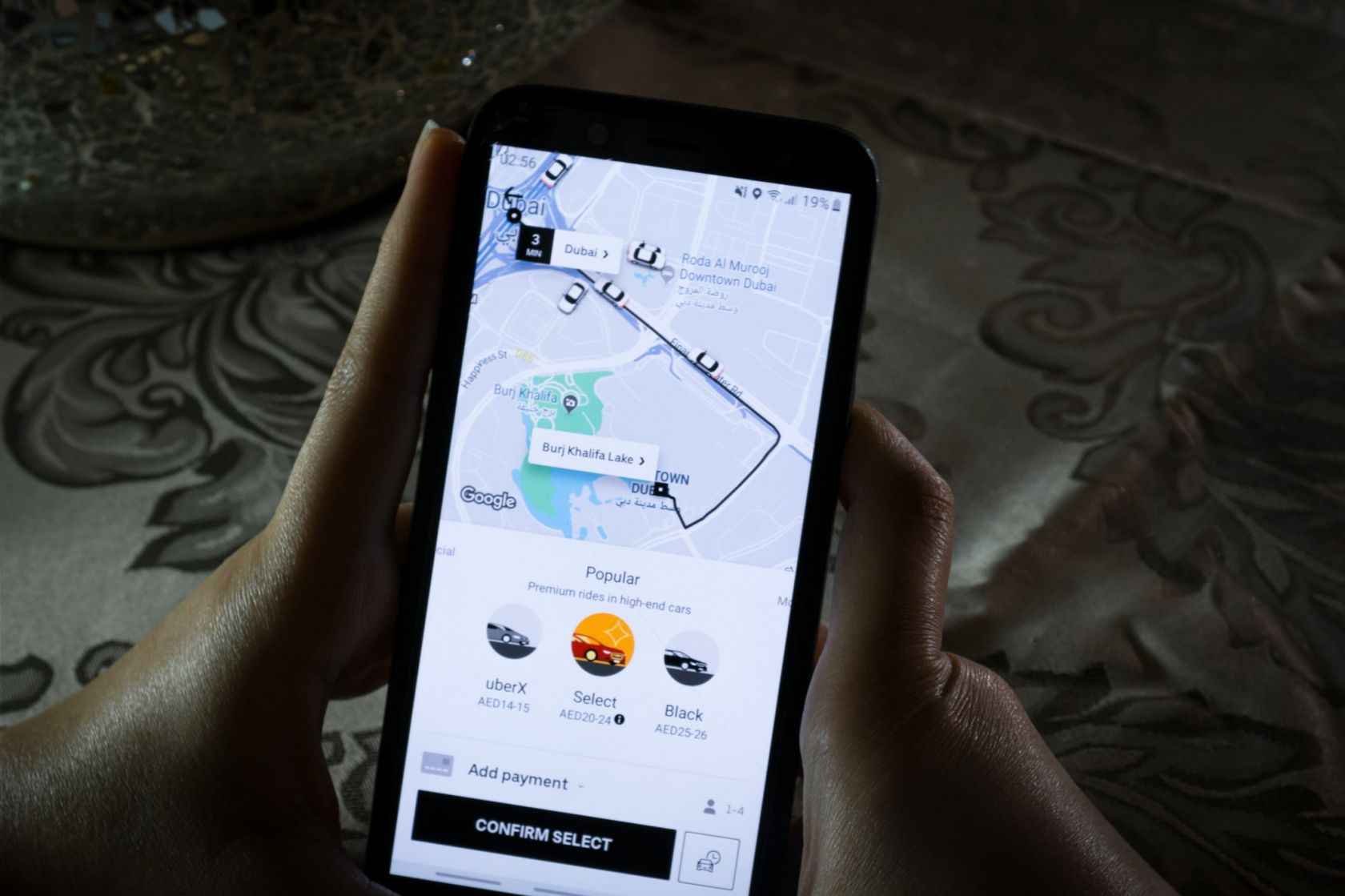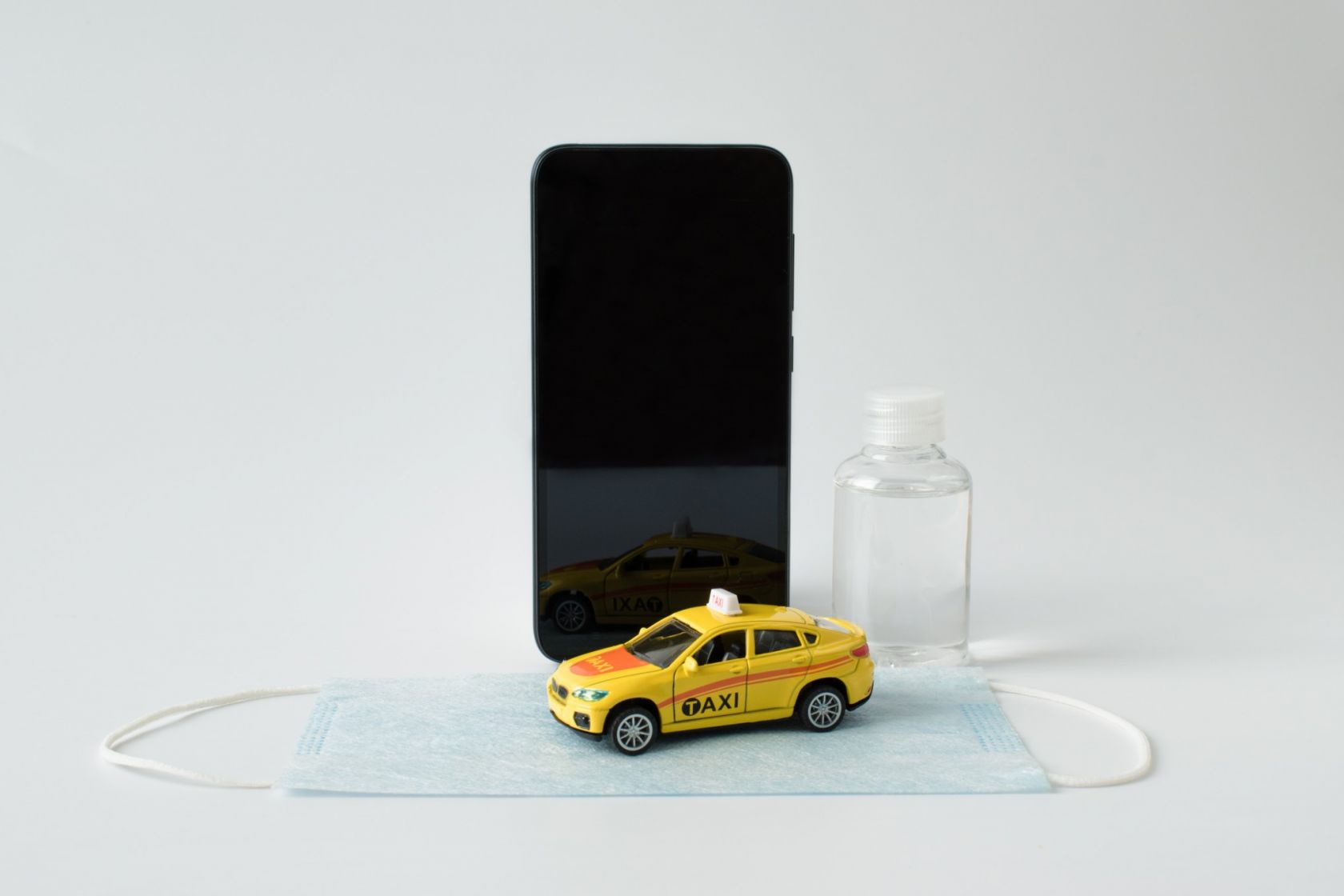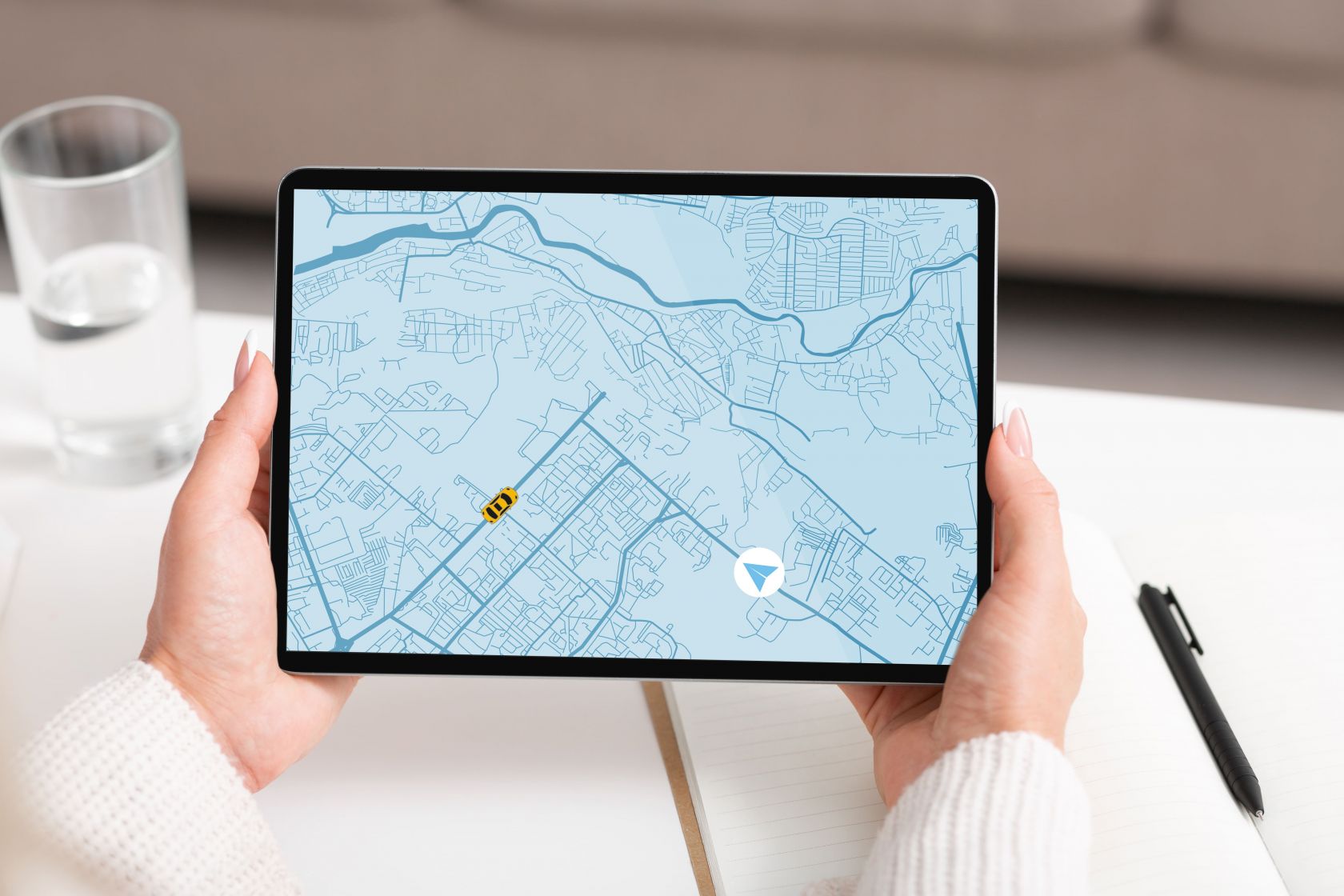Despite Uber’s continued popularity, the niche of taxi applications is still expanding with new projects – some of them try to “squeeze” into a more narrowly focused niche, and some strive to cover those regions where Uber does not yet operate. Regardless of which option you choose, with the right approach, you can always find “your” audience that will be loyal and devoted to your software only. Actually, this is what our article today is dedicated to.
Key takeaways
- Despite the continued popularity of Uber Taxi, Lyft, Gett, and other world-famous projects, the taxi app niche is still growing: according to the independent web resource Business of Apps, its global capitalization will reach $283 billion by 2028, with a 4.2% CAGR.
- It is important to pay special attention to the analysis of the target audience, current trends, and competitors to hone your business idea according to external factors that have a significant impact on its formation in the niche.
- To make your application successful, it must combine both basic functionality, without which calling a taxi would be impossible, and some unique features.
Examples of Successfully Implemented Taxi Applications
Let's recall which applications in this niche can be considered exemplary and how this is reflected in the numbers:
- Uber. As a trailblazer in the taxi app niche, Uber currently has 131 million active users per month. This service has existed on the market since 2009 and during this time, it has covered more and more territories. As for today’s data, Uber services are available in 10,500 cities across 70 countries.
- Lyft. Initially, in 2012, in its first release, Lyft intended to organize intercity trips, but over time, its functionality became identical to that of Uber. At the same time, the coverage of this service is narrower – nowadays, it is active only for residents of the USA and Canada.
- Curb. This taxi app covers many US cities (currently, about 70) and has more than 10,000 certified drivers. A distinctive feature of this service is the possibility of cargo transportation, as well as the availability of scheduling, routing, dispatching, and billing software solutions for fleeting businesses.
- Grab. This service is active in many countries in Southeast Asia, such as Singapore, Indonesia, Thailand, Vietnam, etc. In general, the taxi booking format is identical to what happens in the above-described applications. However, it is worth noting that this service is constantly expanding its capabilities and also has great offerings for merchants and enterprises.
- Gett. As one of the highest-rated apps for taxi service, Gett provides transportation services to passengers from the US and some EU countries. In this application, booking can be done in advance, up to two weeks before the trip itself. The drivers also love this app because of its commission: it is only 10%.
If you are interested in taxi application development but do not have your own team capable of implementing your business idea (or their resources are not enough for this), you can always turn to WEZOM experts. We will create a competitive solution within your budget to bring you a large and loyal audience.
How to Create a Taxi App
Now, it's time to find out how the taxi app development process is performed.

Step 1. Offer a unique value proposition
Despite the fact that the global task of taxi applications is the same – to deliver passengers or their belongings from point A to point B upon request, you must come up with something that will set your project apart from competitors. This could be transporting people with pets, a service where only women are drivers, etc.
Step 2. Find your niche
You should understand who your target audience is and what their needs, pain points, and goals are. This way, you can tailor your product specifically to these aspects so that it will be of interest to its future users. And, of course, do not forget to analyze your competitors so as not to create a twin application or one that will be inferior to all popular analogs.
Step 3. Chose the revenue model
You will also need to think about the monetization methods that will be most appropriate for your application. In particular, the vast majority of taxi apps charge a commission from drivers who use them. However, in addition to this, you can also receive additional income from advertising, launching a paid version with advanced features, etc.
Step 4. Shape your vision
Once your idea has been formed and you have already generated a number of hypotheses about your future solution, it is time to share your vision with your team. This way, you will be able to hone this idea to perfection and prepare everything so that your requirements remain almost unchanged during the development process.
Step 5. Create a taxi booking app technical documentation
Now, you can create documentation for your project, that is, determine what technologies should be implemented in the application, what platforms it will be created for, what the design should be, what the deadlines are, and so on. Thus, your team will have a starting point to get to work.
Step 6. Develop your Uber-like app's MVP
This is the most time-consuming stage, so if you want to speed it up, you should consider MVP development first. This way, you will be able to implement a base version of your app as fast as possible and, after receiving the audience’s feedback, improve and extend its features.
At the same time, regardless of which option you choose – be it an MVP or a full-fledged development – this stage always involves creating prototypes and designs, writing program code, implementing business logic, connecting third-party APIs, etc. Also, as individual features and modules of the application are ready, they should be subjected to end-to-end testing. This approach will allow you to minimize the number of hard-to-fix bugs discovered at the later stages of the development process.
After the final build of the project, it should be tested again and, if everything works as intended, uploaded to the marketplaces. Note that work on it does not end here – you will also need to think through a marketing strategy that will help attract the proper audience, as well as work on updates, including bug fixing (yes, they may be detected after the product launch, too) and gradual expansion/modernization of functionality.
Basic Features of a Taxi App
If we talk about the basic functionality that an average taxi application should have, this usually includes the following features:
- authorization/authentication for drivers, passengers, and administrators (with the possibility of simplifying this procedure for registered users of popular social networks and owners of Gmail accounts);
- customizable account (three versions, one – for drivers, another – for passengers, and the third – for application administrators);
- geopositioning and navigation functions;
- taxi ordering;
- trip details;
- panel for control over drivers and passengers (for administrators);
- tariff calculator and analytics of financial revenues and expenses;
- payment gateway;
- instant notifications (including cases when the application is active in the background mode);
- rating system for users;
- chat for drivers and passengers;
- in-app calling function;
- travel history;
- online customer support;
- analytical tools for administrators.
Note that your taxi booking app may have more roles, so the required functionality will also be more extensive.

Basic Functions Are Not Enough. What Else Can Be Implemented?
To stand out from your competitors, you will also have to think about developing additional functionality. It may include the following things:
- loyalty program;
- integration with third-party services;
- gamification elements;
- booking trips several days in advance;
- voice navigation, etc.
Ultimately, you will have to think about implementing trending technologies so that your UVP intersects not only with what your competitors have already done but also with what the software market as a whole requires.
How Much Does It Cost to Create a Taxi App?
Roughly speaking, the cost of a basic taxi application usually starts at $15,000. At the same time, it is essential to understand that not only the complexity and the functionality scope affect the final numbers. They may also depend on the edits/changes made to the project documentation, the urgency of the project launch, paid integrations, design features, etc. That's why, to get more accurate calculations, you better consult with specialists. In particular, you can contact us as an experienced provider of taxi mobile app development services.
Our Case Study of Successful Taxi App Development
Finally, let's look at a specific case dedicated to Uber-like app development.
We were approached by a client from Ukraine who already had the taxi business operating in many Ukrainian cities. The client wanted to digitize the everyday processes and offer the clients a convenient mobile solution that would simplify ordering a taxi.
In particular, the future solution had to have the following features:
- defining a passenger's location through online geolocation services;
- identification of available nearby cars;
- calculation of distance and time to arrival, taking into account traffic;
- filtering and sorting drivers by distance to the passenger, type of car, rating, and individual preferences of the passenger;
- notifying the driver about a new order and direction to the passenger’s location;
- confirming the order by the driver with the provision of all the information necessary for the meeting of the driver and the passenger;
- tracking the taxi location in real time on the map (for the passenger);
- boarding confirmation and payment within the application;
- trip rating and reviews.
To implement our plan, we settled on the following technology stack:
- Django and Python
- WebSocket (Django Channels)
- PostgreSQL and MongoDB
- Redis (for caching)
- Google Maps and OpenStreetMap
- Stripe and PayPal
- Docker and Kubernetes
As a result, a few months later, the client uploaded the finished cab service app to the app store. The application has already gained a high rating in its category and has received dozens of positive reviews from real users.



